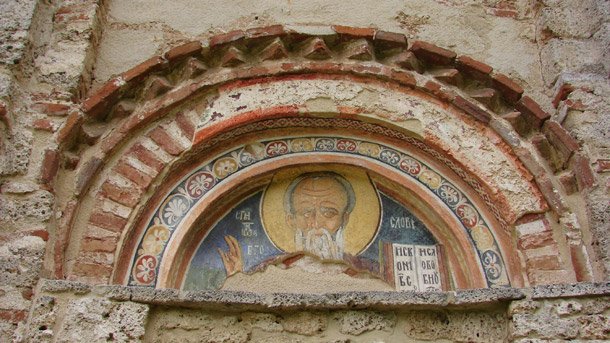
© Photo: Veneta Pavlova

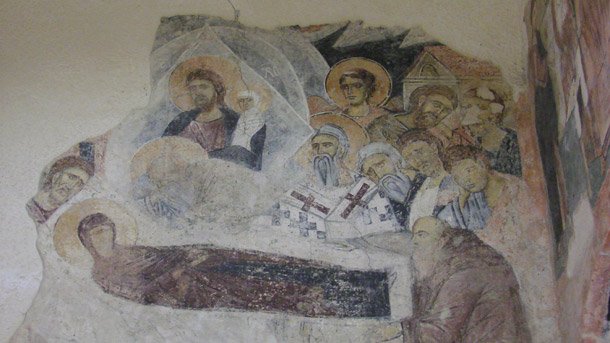
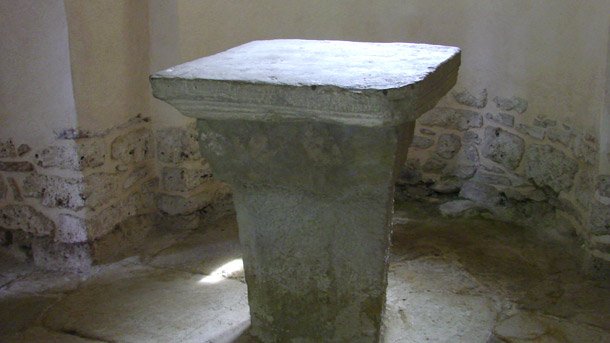
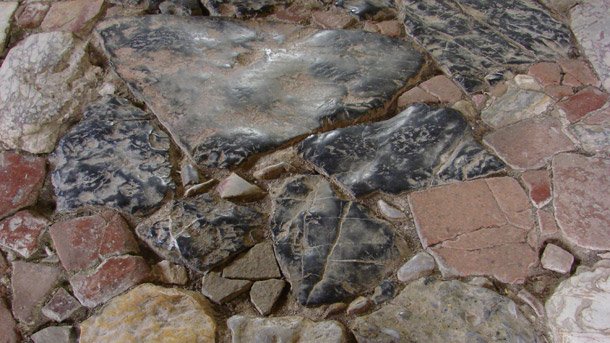
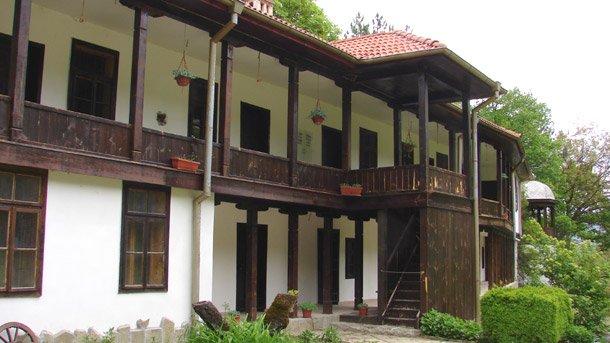
In 2009, a state-owned company in Shanghai launched a yogurt on the market under the brand name "Musiliyan, as the village of Momchilovtsi is called in China. The еmergence of this product was accompanied by a large-scale advertising campaign, and..
The old button lift in the village of Govedartsi , Samokov Municipality, which takes tourists to the peak of Malyovitsa in the Rila Mountains, is to be modernised as a four-seater chairlift with a capacity of 1,520 people per hour . A proposal has been..
Bulgaria is presenting its own stand at the autumn international tourism fair in Bucharest, which is taking place from 21 to 24 November . Visitors to the Bulgarian stand are taking souvenir photos against the backdrop of photo panels with beautiful..
Where will the new year take us? The New York Times helps us start our travels with suggestions from its annual list of the 52 best places to visit in..

+359 2 9336 661
